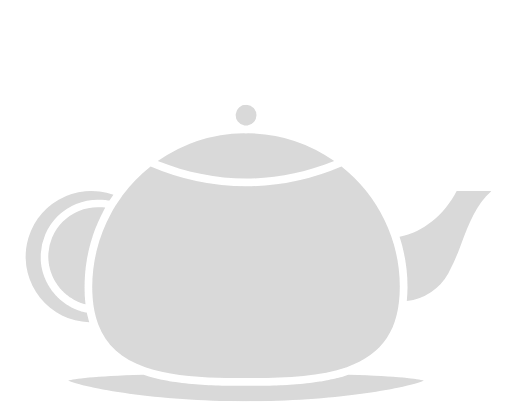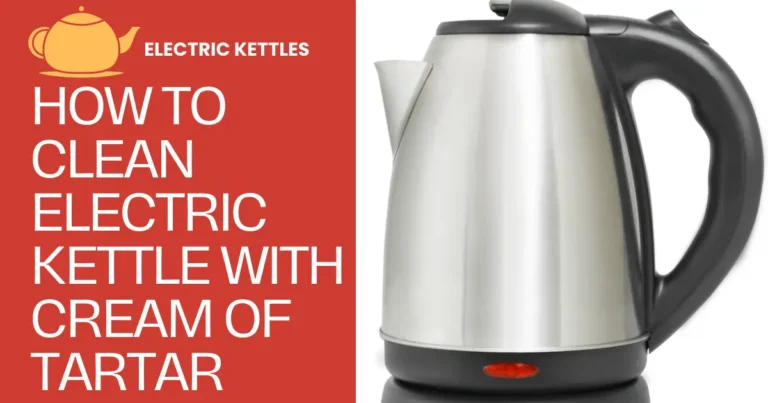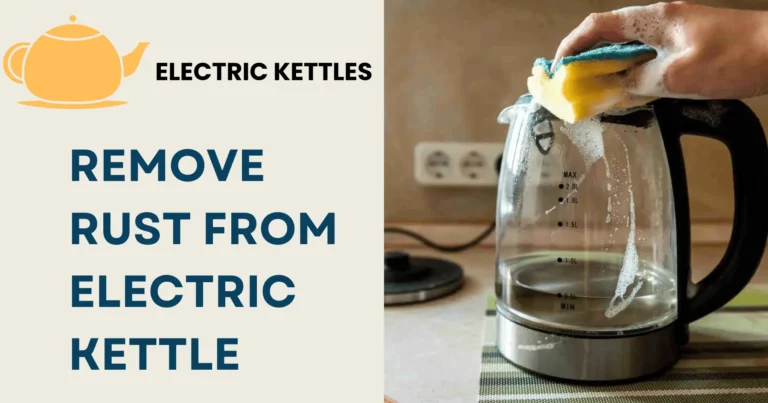Why Does My Electric Kettle Smell Fishy
A fishy smell in your electric kettle is a common problem. Bacteria, mold, or leftover minerals from water can cause it. These build up inside the kettle over time. The odor is unpleasant and can affect the taste of your drinks. Ignoring the smell might make the issue worse.
Addressing this problem is important for your health and safety. A smelly kettle could mean bacteria or mold is growing inside. Boiling water in a dirty kettle may lead to unwanted particles in your water. Cleaning your kettle regularly can prevent this. It helps keep your drinks safe and fresh.
Table of Contents
Causes of a Fishy Smell in Electric Kettles
Bacteria and Mold Growth
If water sits in the kettle for long periods, or if it’s not dried after each use, bacteria and mold can start to form. These microorganisms thrive in warm, moist environments like the inside of a kettle. Over time, they multiply and can produce a strong fishy odor. Regular cleaning and drying of the kettle can help prevent this from happening.
Mineral Buildup
In areas with hard water, minerals like calcium, magnesium, and iron are left behind as water evaporates. These minerals accumulate inside the kettle and form a crusty layer, which can trap odors and even affect the taste of boiled water. If left unchecked, this mineral buildup can lead to unpleasant smells and reduce the efficiency of the kettle.
Low-Quality Materials
Some electric kettles are made from cheap materials that may not be resistant to high heat or prolonged use. These materials, such as low-grade plastic or rubber, can break down over time when exposed to heat, causing unpleasant chemical or fishy odors. Higher-quality kettles made from stainless steel or glass are less likely to have this problem.
Contaminated Water
The source of the water itself can also be a factor. Water containing impurities, pollutants, or chlorine can react when heated, resulting in strange smells, including a fishy odor. Using filtered or distilled water can help prevent these contaminants from affecting the kettle’s performance and smell.
Health Implications
Using a kettle with a fishy smell can pose health risks. The smell might indicate bacteria or mold growth inside. These harmful microorganisms can mix with your water when you boil it, leading to potential health problems like stomach infections or digestive issues. Drinking contaminated water regularly could negatively affect your well-being.
Mineral buildup is another concern. Hard water leaves behind minerals like calcium, which, over time, can create an environment where bacteria thrive. These minerals not only cause a foul odor but can also affect the quality and taste of your water.
Boiling water is meant to make it safe, but if your kettle is dirty, it defeats the purpose. The bacteria or mold won’t be killed off effectively, making it unsafe to drink. Cleaning your kettle regularly is necessary to avoid these risks.
Diagnosing the Problem
Visual Inspection
Start by checking the inside of the kettle for any signs of mineral buildup, mold, or discoloration. Look closely at the heating element and the interior surfaces for any residue that may cause bad odors. If you see deposits or dirt, it’s likely contributing to the smell.
Smell and Taste Test
Boil a small amount of water and smell the steam. If the fishy odor is still present, taste the water carefully. If the water tastes strange or has a lingering odor, it indicates contamination inside the kettle, which may need cleaning or descaling.
Check Your Water Source
Before assuming it’s the kettle, test the water you’re using. Sometimes, tap water can contain impurities that create unpleasant smells when heated. Try using filtered or bottled water. If the smell disappears, the issue could be with your water source.
Inspect Removable Parts
Many electric kettles have removable filters or other parts that can accumulate dirt, mold, or mineral deposits. These components, especially if not cleaned regularly, can be a breeding ground for bacteria and mold. Remove the filter and check for any signs of debris, mold growth, or mineral scaling.
Cleaning and Maintenance Techniques
Use vinegar or lemon juice to remove odors and mineral buildup. Fill the kettle halfway with equal parts water and vinegar or lemon juice, then boil the mixture. Let it sit for 20-30 minutes to dissolve deposits and eliminate smells. Rinse thoroughly with fresh water to avoid any lingering odors.
Baking soda is effective for cleaning the kettle. Make a paste with baking soda and a little water, then scrub the interior with a soft cloth or sponge, focusing on areas with deposits or stains. Rinse well afterward to remove any residue.
Regular descaling prevents mineral buildup, especially in hard water areas. Use a commercial descaler or a vinegar-water solution to boil in the kettle. This process removes calcium and magnesium deposits that cause odors and can improve the kettle’s efficiency. Descale every few weeks for best results.
Preventive Measures to Avoid Future Odors
Establish a routine cleaning schedule for your kettle. Clean it at least once a week to remove any buildup of minerals or bacteria. Regular cleaning prevents the accumulation of residues that can cause unpleasant smells. Keeping your kettle clean ensures that each use is fresh and safe.
Switching to filtered or distilled water can significantly reduce mineral buildup in your kettle. Tap water often contains minerals like calcium and magnesium that contribute to odors. Using cleaner water not only improves the taste of your beverages but also helps keep your kettle free from deposits.
Try to avoid leaving water sitting in the kettle for extended periods. After each use, empty any leftover water and dry the inside with a cloth. This practice minimizes the chance of odors developing from stagnant water. Always start with fresh water for boiling to ensure the best taste and smell.
Tips for Maintaining a Fresh-Smelling Kettle
- Use Natural Odor Neutralizers: Consider using natural odor neutralizers like lemon or baking soda. After cleaning, you can boil a mixture of water and lemon juice or water and baking soda in the kettle. This helps to eliminate lingering smells and leaves the kettle smelling fresh.
- Avoid Harsh Chemicals: Steer clear of harsh chemicals or abrasive cleaners, as these can damage the kettle’s interior and lead to unpleasant odors. Instead, opt for gentle cleaning solutions like vinegar, lemon juice, or baking soda, which effectively clean without harming the kettle.
- Rinse After Each Use: Always rinse your kettle thoroughly after each use. This helps remove any residual odors or particles from previous boiling sessions. A quick rinse ensures that your next cup of tea or coffee tastes fresh and free from unwanted smells.
- Keep the Kettle Dry: After cleaning, ensure the kettle is completely dry before closing the lid. Leaving the lid open for a while allows moisture to evaporate, preventing mold and bacteria growth. A dry kettle helps maintain a clean and pleasant smell.
- Replace Water Regularly: Avoid leaving water in the kettle for extended periods. Empty any unused water after each use, and start with fresh water each time you boil. This practice reduces the chances of odors developing from stagnant water.
Conclusion
A fishy smell in your electric kettle can be bothersome and is often caused by bacteria, mold, or mineral buildup. Regular cleaning and maintenance are essential to keep your kettle fresh and safe. By using natural cleaners like vinegar or lemon, you can easily remove unwanted odors. Checking your water source and switching to filtered water can also help prevent future smells.
Taking preventive measures is key to avoiding a fishy odor in your kettle. Establish a routine cleaning schedule, and store the kettle with the lid open to keep it dry. Always empty leftover water after use and start with fresh water each time you boil.







